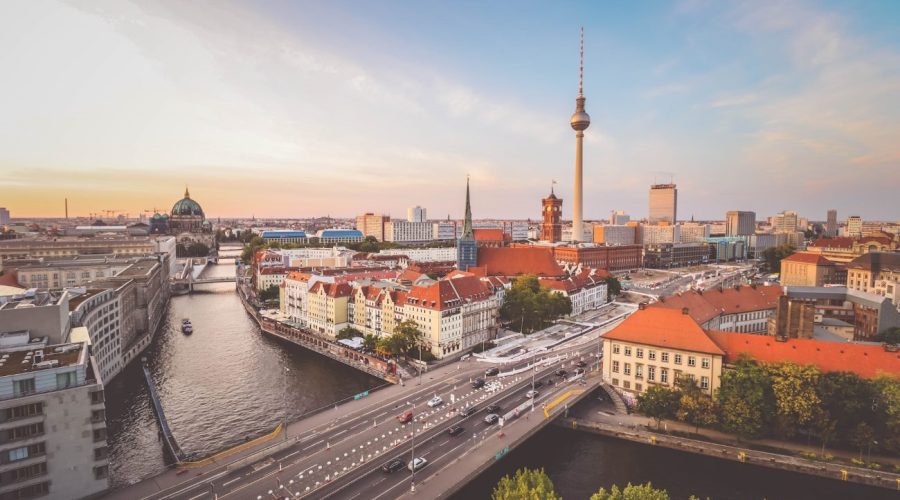Concentration Camps Near Prague – A Comprehensive Guide
During your visit to Prague you cannot forget the black pages of history. The city and its surroundings, unfortunately, were not spared the brutalities of World War II. In this placement guide, we shall see through the concentration camps, which placed at Prague, much to know for those, who were going to study about this tragic period.
1. Theresienstadt Ghetto
The Theresienstadt Ghetto, also known as Terezin, is about 60 kilometers northwest of Prague. First presented by the Nazis as an example Jewish settlement, Theresienstadt was a transit camp for Jews before were sent to extermination camps. Many died in this place because of the cruel conditions of life and illness.
When visiting Theresienstadt you must allow a couple of hours for your visit and take the guided tour. This will give a profound understanding of life as lived in the day to day prison environment of those who were incarcerated here and host of insights into Nazi propaganda emanating from within the walls of the ghetto.
2. Small Fortress
The Small Fortress, within the walls of the Theresienstadt complex was a political prisoner and detention centre for the Nazis. Held at this place were political opponents, members of the resistance and other enemies of the Nazi regime.
A trip to the small romandise prison offers a dose of how harsh the Nazi prison system regimes were. The guided tour includes various themes regarding prisoner life: punishments, and themselves as they planned and tried escaped.
3. Lety Concentration Camp
About 80 kilometers south of Prague the Lety Concentration Camp was founded by the Nazis for the Roma and Sinti. Living conditions in Lety were appalling and many prisoners died of malnutrition, disease and abuse.
Although the camp itself no longer exists, there is a memorial on the site which commemorates the victims and acts as a tribute to their suffering. This visit is inclusive of an education about the holocaust of Roma and Sinti people during World War Two, an area of history that ifft Doctors boy commonly overlooked.
4. Lidice Memorial
The Lidice Memorial is a strong reminder of the Nazi crimes committed against civilians without reason. The village of Lidice was razed to the ground by Nazis in 1942, in a collective punishment for the killing of a top Nazi controversial figure. There were executed the men, women were deported and children, mostly, were sent to concentration camps.
Visiting the Lidice Memorial enables visitors to learn about the enormous impact that Nazi reprisals on innocent lives exercised at Lidice. The museum situated on the site offers historical background along with exhibits illustrating the atrocities that took place in Lidice.
5. Prison in Pankrac
Although not an actual concentration camp the Pankrac Prison was a compound because of the Nazi occupation as important a working point. Political prisoners and members of the resistance movement from the regime point of view were stored inside this prison. Executions took also place within the walls of the prison.
Travelling to the Museum of the Czech Police, housed inside the former Pankrac Prison you can get to know the story of the dark Nazi occupation and stories of courage shown by those who resisted the oppressive regime.
Conclusion
Visiting the concentration camps and other related memorial sites near Prague is an important part of understanding the horrors that took place in Czechoslovakia in World War II. By visiting these sites you are honouring the victims and still the memory of them.
But, do keep in mind that you must enter these visits in a manner of sensitivity and respect. These sites are places of pain in history and should be so regarded. Join guided tours to connect more inside and respect the solemnity of areas that you come.
Table of Contents



